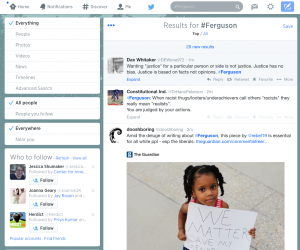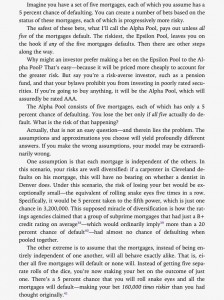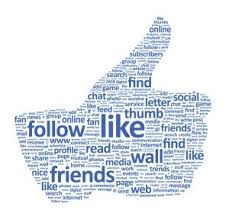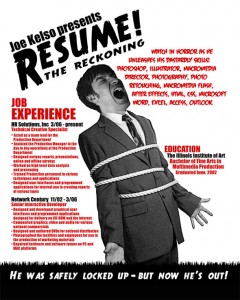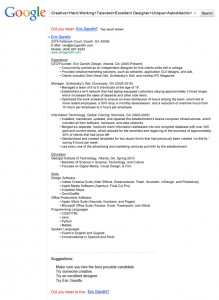Technical communication has interested me for several years; mainly due to supporting my father in the review of technical communication as part of his work. Enrolling in this class has further increased my level of interest on the subject and has certainly made me appreciate its existence and those who shape it. Originally, I held a very simple understanding of technical communication; that it basically dealt with instruction manuals and scientific discourse. Although still true, that is only a minor aspect in the intricate understanding of technical communication that I have amassed.
The most important aspect I learned this semester is understanding your audience. The first step to successfully conveying a message is targeting an audience and catering to their needs. If you fail to attract an audience and keep them attentive, your message has already failed. I have also learned that technical communication is everywhere: from instruction manuals to road signs to government contracts. An influential figure in the field of technical communication, Katherine T. Durack makes this observation about the subject in a study for Technical Communication Quarterly:
“Technical writing exists within government and industry, as well as in the intersection between private and public spheres…This action can originate in a variety of settings and for many purposes; such action may occur as part of one’s work for hire or arise from personal interaction with organizations.”
From these statements, it is clear that technical communication is relevant and available to assist with any number of tasks. There will always be a need for knowledge and no matter the subject; technical communication will effectively convey it. Furthermore, Durack looks to expand my understanding of technical communication with two more observations from her study.
Her following observation refers to the close relationship between technical communication and technology. Since technical communication “exists to accomplish something” (Durack), it is logical to assume that technical communicators stay up-to-date on the latest technologies. For example, a communicator looking to assist users in the installation of a new computer program must himself understand the program before instructing others. Not only that, Durack states “as Wajcman points out, technology is more than just the latest computer hardware or software on the market.” Technology also refers to the ways we move forward in life and continue surviving. Any new technique or skill that benefits an individual is a form of technology and to educate others, technical communication is necessary.
Durack’s last observation focuses on the importance of making “tacit knowledge explicit” in technical communication. While this characteristic is no surprise, the different approaches to creating and presenting explicit knowledge was new and exciting to learn throughout the semester. The various design choices including font size, font color, spacing, colors, images, and other aesthetic features greatly influence the effectiveness of technical communication. These features need to appeal to the audience while keeping them interested yet properly informed. Plain language should be applied when necessary to make the message clear for the audience.
Overall this class has taught me many different examples of effective technical communication based on audience. In addition, the complexity of technical communication has revealed itself through hands on work and from class readings, including those of Katherine T. Durack. The small but important details that help harmonize effective technical communication, along with a strong audience connection, has given me a broader understanding and appreciation for technical communication.
Source Cited:
Durack, Katherine T. (1997). Gender, Technology, and the History of Technical Communication. Technical Communication Quarterly, 6(3): 249-60.

